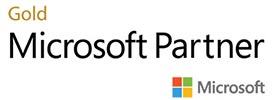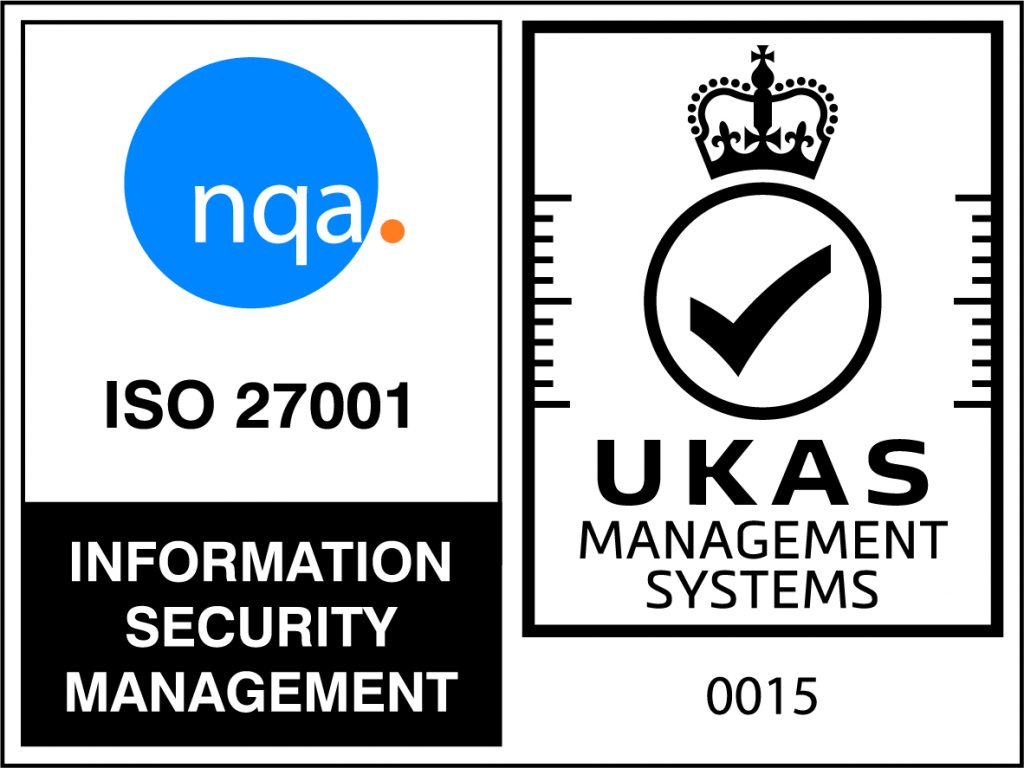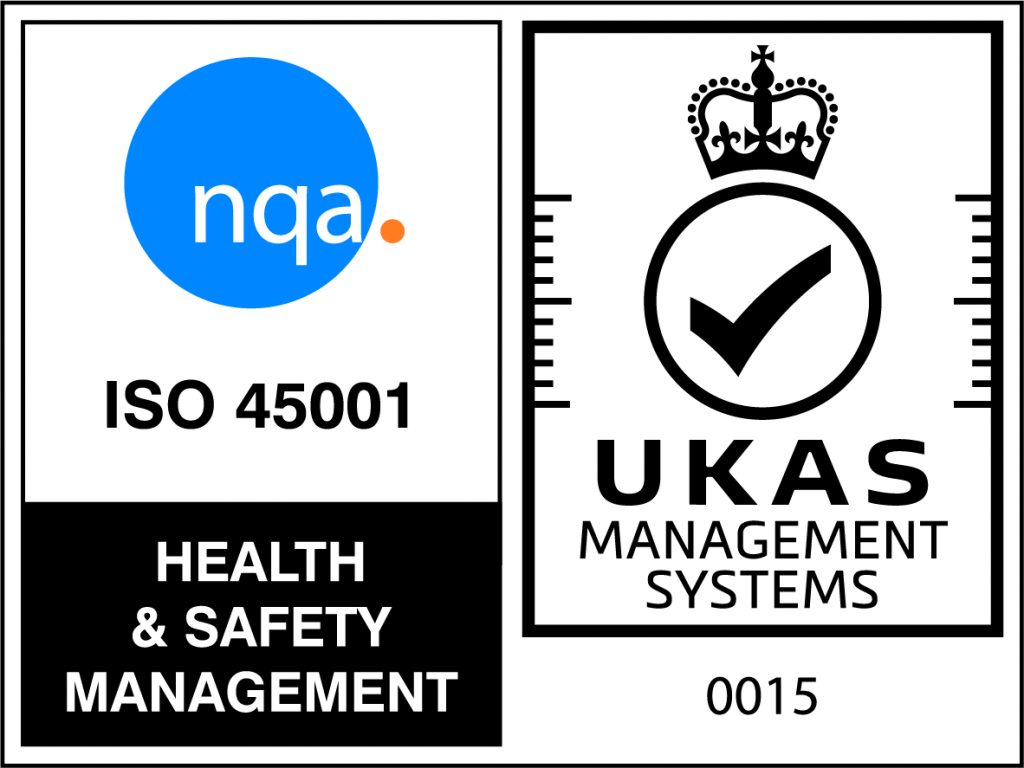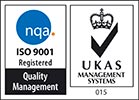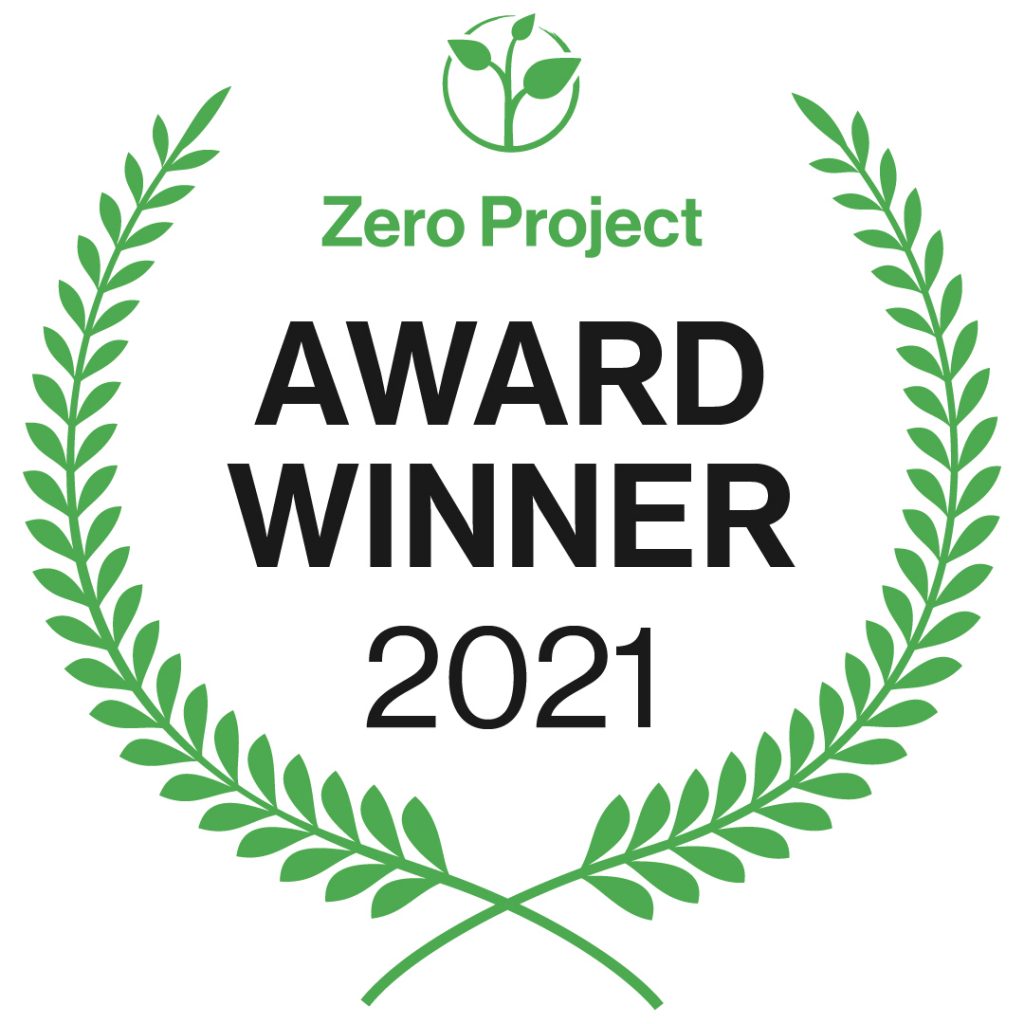A great article on Neurodiversity from Neurodiversity celebration link in partnership with Lexxic
When it comes to inclusion, neurodiversity refers to a world where neurological differences are recognised and respected as all other human variations.
Depending on how our brains are wired we think, move, process information and communicate in different ways. Many people in our community use neurodiversity as an umbrella term used to describe alternative thinking styles such as Dyslexia, DCD (Dyspraxia), Dyscalculia, Autism and ADHD. But regardless of labels, neurodiversity is about recognising those who think differently. And no matter whether you are a school, university or organisation you can benefit from different thinkers!
Approximately 15-20% of population has a neurological difference.Instead of labelling people with deficits or disorders, when we use the term neurodiversity, we take a balanced view of an individual’s unique strengths and challenges. Many ‘challenges’ neurodivergent people face are more to do with the environment and systems they are placed in, often designed by a majority population.
Did you know?
- No two people are the same and so we will all have different profiles
- Although we talk about specific neurodifferences such as Autism and Dyslexia, the reality is that these can co-occur
- Every neurodivergent individual has a unique pattern of strengths and challenges
- We tend to operate on an approach to diagnosis and labels which can mean that quite often the focus is on the challenges rather than the many strengths and talents of neurodivergent individuals
- It is important that we take a person-centred approach, by tailoring strategies to each individual
- It is important to harness the strengths and talents of neurodivergent individuals, this helps to build confidence and self-esteem, and ensures individuals are given the opportunity to flourish in their day-to-day

 Back to News
Back to News








